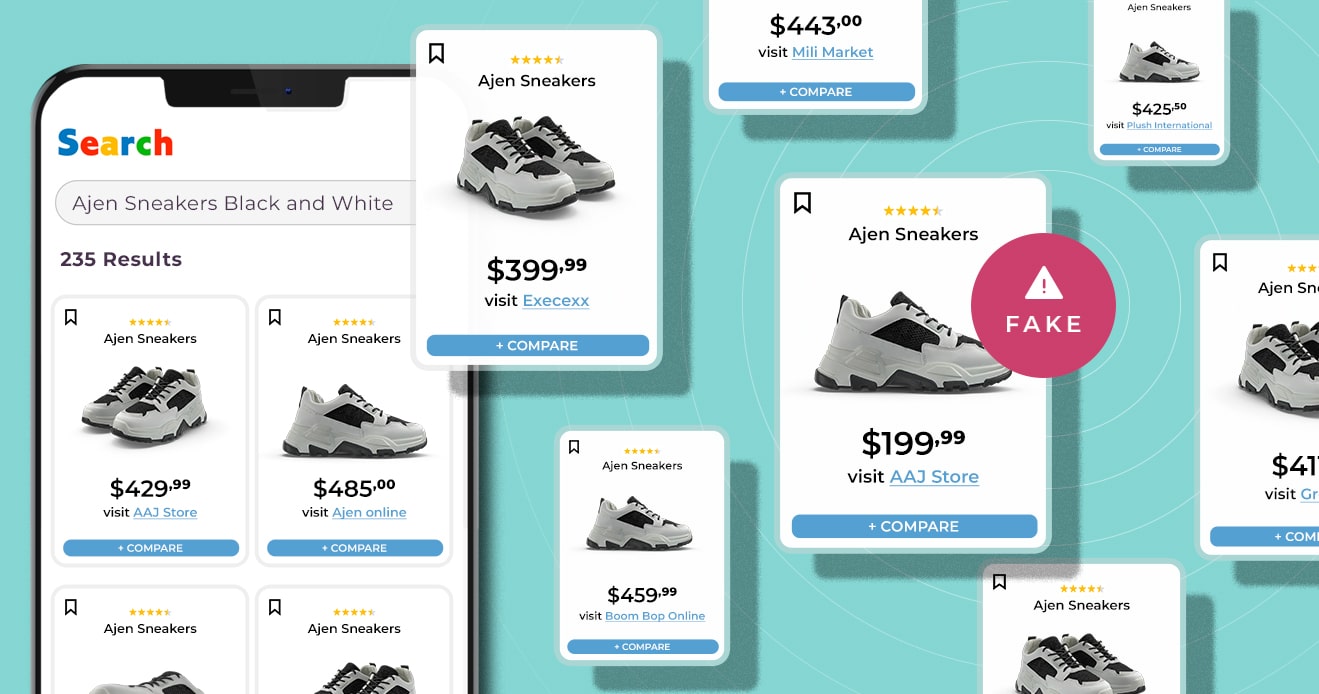- Blog
- The Current State of Fraud Prevention and Detection
The Current State of Fraud Prevention and Detection
Protect your business from fraud with effective prevention and detection techniques.
Subscribe to Incognia’s content
In today's digital age, fraud is a major concern for all businesses, but especially those that operate online. In fact, according to the Association of Certified Fraud Examiners, businesses lose an estimated 5% of their revenue to fraud every year. Think for a moment about the progress your business could make with an extra 5% in revenue each year, and it quickly becomes clear that protecting your organization from the effects of fraud should make the priority list.
What is fraud detection?
Fraud detection is the process of identifying fraudulent activities or transactions within a business. Detecting fraud is vital for helping businesses protect themselves against financial losses, safeguard their reputation, and ensure compliance with legal and regulatory requirements.
Fraud prevention goes hand in hand with fraud detection: obviously, the best case scenario is that you prevent fraud before it ever happens. The ability to detect fraudulent transactions, communications, and user accounts is a key part of preventing fraudsters from causing harm.
The main challenges in fraud prevention and detection
One of the biggest challenges in fraud prevention and detection is keeping up with new and evolving types of fraud. Fraudsters are constantly developing new tactics to evade detection by fraud fighters, which means that businesses need to always stay up-to-date with the latest fraud trends and tools.
Another challenge is determining the scope of fraud within a business. Manual fraud investigations are time-consuming and expensive. And when it comes to online platforms, it can be hard to know exactly what the scope of the fraud problem is because fraudsters use multiple accounts, devices, and app instances to commit their abuses.
Balancing security with usability is another constant concern for fraud prevention stakeholders. The most robust upstream interventions—thorough ID verification, for example—are also the most frustrating and off-putting to the average user. This dynamic can make finding the balance between security and UX feel like a tightrope walk for fraud teams.
Subscribe to Incognia's newsletter about fraud prevention and digital identity
What are some of the most common types of online fraud?
Common types of fraud that businesses should be aware of include payments fraud, account takeover (ATO), and phishing scams.
Payment fraud involves unauthorized usage of payment card data, while account takeover refers to gaining unauthorized access to a user’s account and locking them out by changing passwords and recovery information.
Phishing scams are commonly used by fraudsters to steal a user’s credentials so they can gain access to the user’s account and commit ATO. Phishing is done by sending email or SMS messages to users pretending to be from a legitimate source, with the goal of getting that user to divulge account credentials or other confidential information. With the popularization of generative AI chatbots, phishing emails are a growing concern as AI-written phishing emails allow fraudsters to cast a wider net with highly convincing messages.
What kind of fraud prevention techniques are there?
The best fraud prevention and detection techniques involve a combination of manual and automated methods. Manual methods include internal controls, manual transaction reviews, audits, and employee training programs. Automated methods involve the use of advanced technological tools, software, risk intelligence, and machine learning to detect and prevent fraudulent activities.
Some of the most effective fraud prevention and detection techniques involve using a combination of the two types, such as implementing automated fraud detection software alongside regular employee training on fraud prevention.
Because each business and platform will have different risk types and needs, performing a risk assessment should be the first step toward putting together a comprehensive risk mitigation and fraud prevention strategy. Understanding the most pertinent risks and vulnerabilities will help stakeholders find the most relevant fraud prevention and detection solutions.
How to choose the best fraud prevention solution for your business
The best fraud prevention solution for your business will vary depending on the size and complexity of your organization, as well as the nature of the service or product that you provide.
Some businesses may prefer to use an automated fraud detection software, while others may prefer a more hands-on, human approach. Whatever the case may be, it's important that your fraud prevention solution is well-suited to meeting your organization’s unique needs. This will help ensure that the solution is effective, and that it works well within your existing processes.
When choosing fraud detection and prevention features, you should consider things like ease of use, detection accuracy, and scalability.
The solution should be user-friendly, so that your moderators can easily navigate the system and use it to detect and prevent fraud. Additionally, the system should be highly accurate in detecting fraudulent activities so that the risk of false positives is minimized. Finally, the solution needs to be scalable, so that it can grow with your business over time.
Location is one example of a fraud detection solution that ticks all of these boxes. Inocgnia’s location technology combines tamper-resistant location behavior with device intelligence to help provide risk assessments for both new signups and logins on existing user accounts.
This process is passive, meaning that it happens in the background and legitimate users don’t have to provide extra input unless they need to complete some form of step-up authentication. The false positives are also low; Incognia’s solution has a false positive rate of 0.0013%. Lastly, because this process is automatic, it can scale to accommodate a large user base. Different platforms will have different needs, but Inocgnia’s location technology is at least one fraud prevention solution synthesizing the most pressing demands of the space today.
Fraud detection and prevention is a critical aspect of any business operating in today's digital age. By understanding the fundamentals of fraud detection and prevention, along with common types of fraud, you can implement the right solution for the needs of your business.




